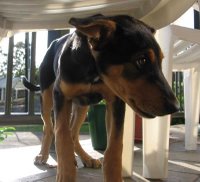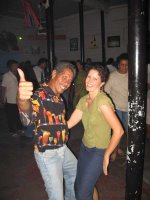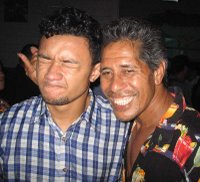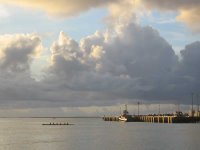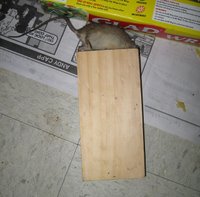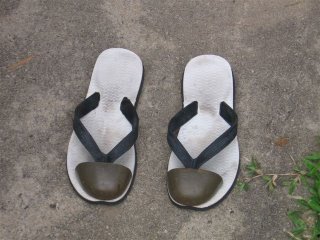- International calls drop 50% in price for off-peak calls and 30% in price for peak calls for residential customers. Business customers enjoy a 30% reduction in price only.
- All calls within each island (Upolu and Savaii) will now be charged as a local call only (instead of "inter-zone" calls).
- All local call charges will change from 11 sene + VAGST per call to 4 sene + VAGST per minute.
- All directory service calls will now be charged 27 sene + VAGST.
Here's some excerpts from a letter to the editor in today's Observer which I think sums up a number of my concerns and adds to them rather well:
- Do you really believe that 4 sene + VAGST per minute reflects your slogans FAMILY FIRST and KEEP IN TOUCH FOR LESS?
- Your new advertisement shows a Residential Access of $19 + VAGST. Was this the charge once called Rental and One-off Charges which was $10.23 inclusive of VAGST? If so, is this an increase of more than 100%?
- My current phone bill had 129 local calls. Those calls cost me $15.96 VAGST included. With the pending charges, if I keep my calls to 5 minutes it would cost 129 x .20 = $25.80. Is that not a massive increase of 61.6%?
- Another concern, I often work from home using the Internet. Does the 4 sene per minute also apply when I access my ISP/Internet?
- Would the new local charges now have a greater impact on the cost of living of vulnerable people & those on minimum wage earning only $2 per hour?
- Why did you not advertise your charges earlier rather than only about 2 weeks before the effective date?
With SamoaTel enjoying a monopoly on Samoa's landline telephony I can't see these charges being seriously contested. Much like the budgetary changes announced yesterday, Samoans are just going to have to live with the consequences.

